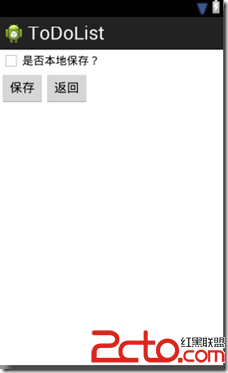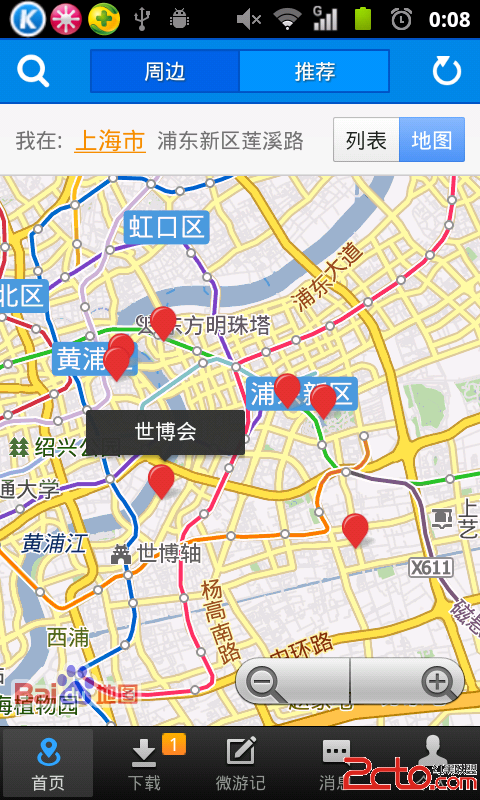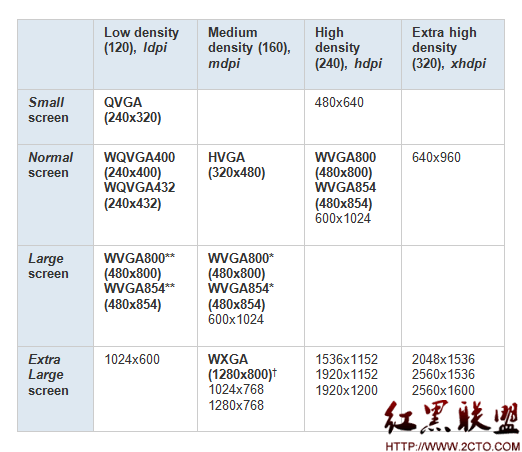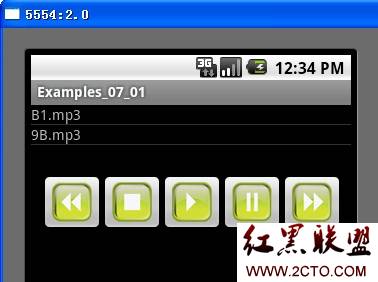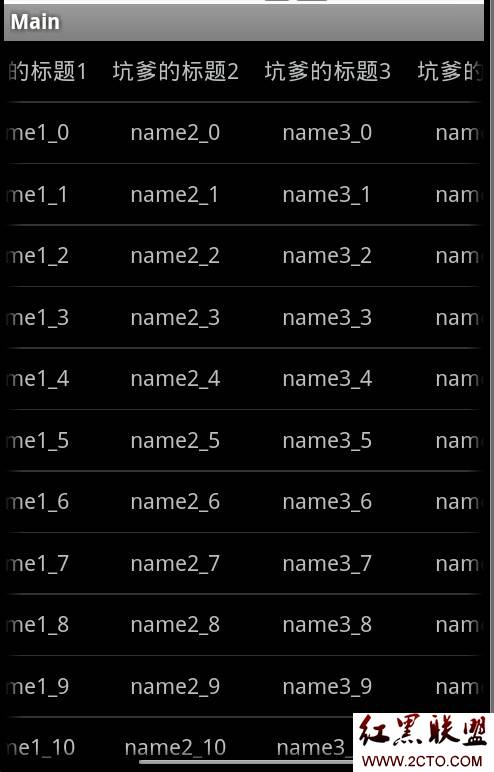Android ApiDemos示例解析(12):App->Activity->Redirection
Redirection示例涉及到三个Acitivity: RedirectEnter, RedirectMain,RedirectGetter。示例的主Activity为 RedirectEnter ,RedirectEnter 启动 RedirectMain, 而Activity 会根据某个条件来决定是否将应用的控制权传给RedirectGetter 或是保持在RedirectMain。

应用代码中使用到了Shared Preferences (在之前的示例中介绍过)。 RedirectMain 将检查某个shared preferences 值是否存在:
[java]
// Retrieve the current text preference. If there is no text
// preference set, we need to get it from the user by invoking the
// activity that retrieves it. To do this cleanly, we will
// temporarily hide our own activity so it is not displayed until the
// result is returned.
if (!loadPrefs()) {
Intent intent = new Intent(this, RedirectGetter.class);
startActivityForResult(intent, INIT_TEXT_REQUEST);
}
// Retrieve the current text preference. If there is no text
// preference set, we need to get it from the user by invoking the
// activity that retrieves it. To do this cleanly, we will
// temporarily hide our own activity so it is not displayed until the
// result is returned.
if (!loadPrefs()) {
Intent intent = new Intent(this, RedirectGetter.class);
startActivityForResult(intent, INIT_TEXT_REQUEST);
}
其它用到的还有startActivityForResult 。这个例子没有什么新的知识,只是涉及到了三个Activity。演示了如何根据条件触发不同的Activity,将应用控制权Redirection到不同的Activity。

这个例子用户点击“Go”按钮,RedirectEnter 启动RedirectMain ,RedirectMain 会根据shared preferences是否有值决定是否redirect 到RedirectGetter, 第一次或是点击”Clear and Exit”后,shared preferences 中不含有text值,应用会显示RedirectGetter 来取的用户输入,此时如果用户输入并“Apply”后,RedirectGetter将在Shared Preference储存textView 的值。此后,按“Back” 退回Activity List再启动RedirectEnter,按“GO”,由于Shared Preferences中有值,RediectMain不会把应用的控制权Redirect到RedirectGetter.
作者:mapdigit
补充:移动开发 , Android ,